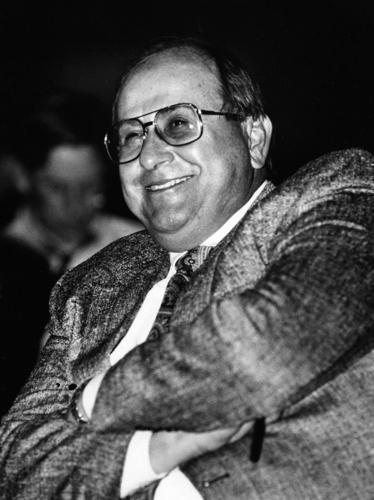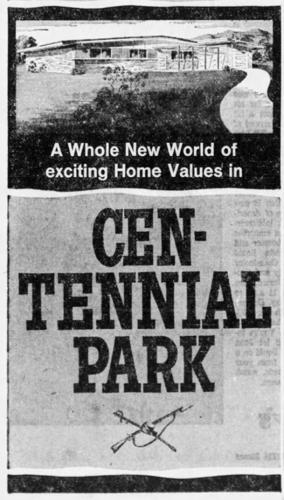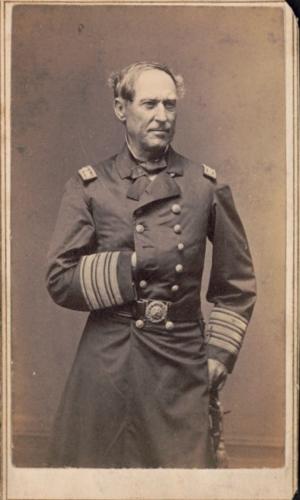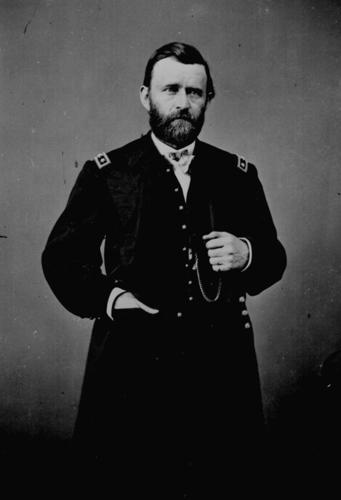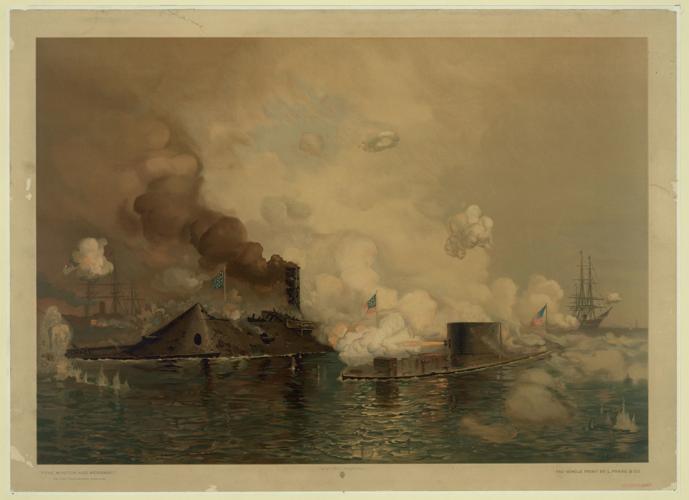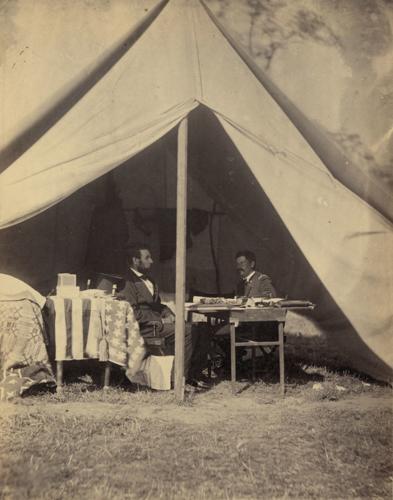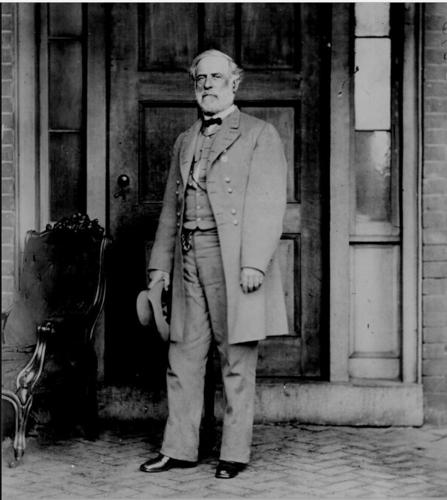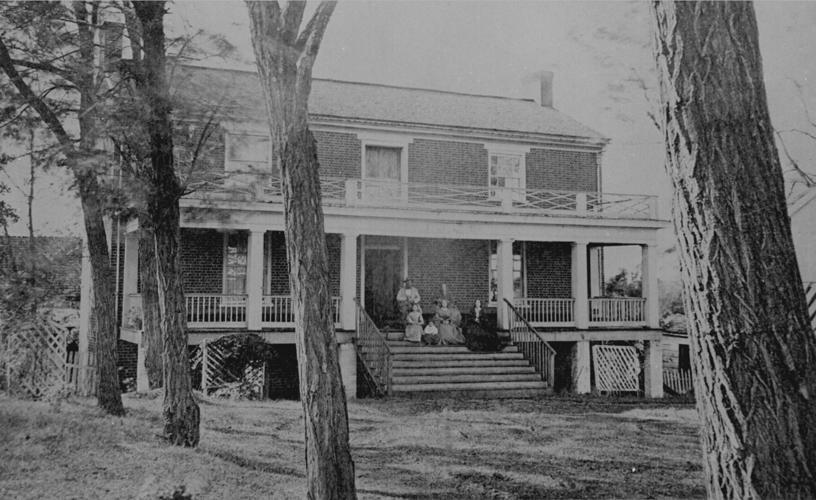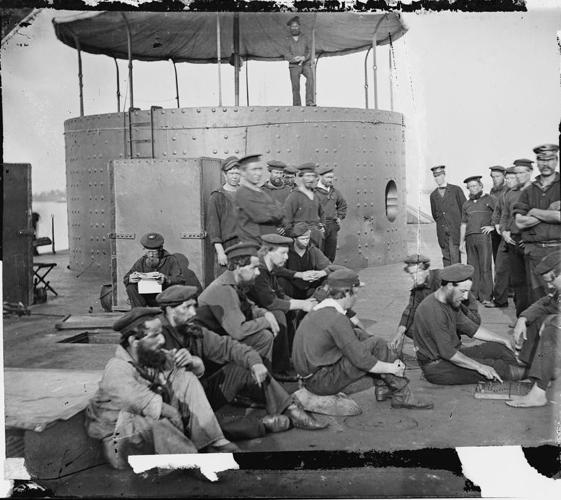In 1961, William Estes Jr., a Civil War history buff, named a subdivision his father was working on Centennial Park because it was the 100th anniversary of the beginning of the U.S. Civil War.
He also named the streets in it after Civil War leaders, ships, battles and battlegrounds, and the model homes — “The General Jackson,” “The General Sherman,” “The General Grant,” “The General Lee” and “The Mr. President” — for Civil War leaders.
His father was William Estes Sr. of Estes Brothers Construction Co. (later Estes Homes), and the subdivision is on Tucson’s east side at Broadway and Camino Seco.
Its streets include:
McClellan Street: George B. McClellan’s involvement in the Civil War began when he was put in charge, in mid-1861, of the newly created Department of the Ohio. In this role he launched a campaign to take the western part of Virginia from the Confederacy. His victories helped create the state of West Virginia, which soon joined the Union but allowed slavery to continue within its borders until 1865. In 1862, McClellan led the Peninsula Campaign in an effort to quickly end the war by taking the Confederate capital at Richmond, Virginia, but was driven back by Gen. Robert E. Lee’s forces. Later in the year, McClellan again faced Lee, at the Battle of Antietam, this time pushing him back across the Potomac River but failing to pursue Lee’s men to deliver the potential death blow to the Confederate Army. As a result of this failure, he lost his commandership and an already tense relationship with President Lincoln worsened. In 1864, he ran as a Democrat against Lincoln, in an unsuccessful presidential campaign.
Porter Avenue: David D. Porter’s involvement in the Civil War began when he was chosen to captain the USS Powhatan to relieve the besieged Fort Pickens at Pensacola, Florida. In 1863, he worked closely with Gen. Ulysses S. Grant and Gen. William T. Sherman to provide naval support to take Vicksburg, one of the last Confederate strongholds on the Mississippi River. The following year, he was asked to take over command of the blockading fleet off Wilmington, N.C., and in this role attacked Fort Fisher, eventually bringing down the last great Confederate coastal stronghold. He would later become admiral of the Navy.
Farragut Place: David Farragut was the son of Jorge Farragut-Mesquida, a Spaniard who had served in the South Carolina navy in the American Revolution, and the adopted brother of the aforementioned David D. Porter. In the Civil War, he was given command of a Union naval force and took New Orleans in 1862 from Confederate control and then assisted Porter in subjugating Vicksburg. His next target was Mobile, Alabama, located in Mobile Bay. As his squadron traveled through the bay, they didn’t see the sea mines — known in those days as torpedoes — that the Confederates had laid in the inner harbor and one of the lead boats was sunk. Believing that many of the mines were ineffective due to their long time in sea water, Farragut ordered his famous line, “Damn the torpedoes. Full speed ahead!” He would become the first man to hold the rank of full admiral in the U.S. Navy.
Note: Many people are unaware that several thousand Hispanic-Americans served on both sides of the U.S. Civil War, and while Farragut (Spanish-American) is the most well known, Union Regimental Lt. Col. Francisco Perea (Mexican-American) and Confederate’s Capt. Jose Rafael de la Garza (Mexican-American) and Col. Ambrosio Jose Gonzales (Cuban-American) made important regional contributions.
Merrimac Place & Monitor Place: The CSS Virginia (originally called the Merrimac) and USS Monitor were two ironclad ships that met in the Battle of Hampton Roads off the coast of Norfolk, Virginia. It was the first-ever clash between two ironclads. They exchanged repeated fire but neither could do much damage to the other and the fight ended in a draw.
Appomattox Street: Appomattox Court House was a small town in Virginia and the site of Lee’s surrender to Grant. After the Appomattox Campaign (March 29-April 9, 1865) Lee was severely outmanned and outgunned and decided to surrender the Army of Northern Virginia, the most important fighting force of the Confederate Army. On April 9, 1865, Lee and his aide Col. Charles Marshall arrived at the McLean family home, followed by the arrival of Grant and a few staff and officers, which included Grant’s personal military secretary Lt. Col. Ely S. Parker, a Seneca Indian chief who is said to have drafted the official copies of surrender terms signed by Lee and Grant. The terms of the surrender were men and officers who surrendered were to be paroled and could not take up arms again until properly exchanged. Their arms and supplies were to be turned over as captured property. Officers didn’t have to turn over side arms and soldiers could keep their horses.
The surrender at Appomattox Court House didn’t end all the fighting or cause all Rebel forces to immediately surrender. The Battle of Palmito Ranch, near Brownsville, Texas, occurred on May 13, 1865 and ended with a Confederate victory. Brig. Gen. Stand Watie, a Cherokee and commander of the First Indian Brigade composed of Cherokee, Creek, Seminole and Osage Indians, was the last Confederate general to surrender, on June 23, 1865. The captain of the Confederate raider ship CSS Shenandoah, unaware the war had ended, continued to attack Union vessels until being informed of the war’s end. He surrendered his boat in England on Nov. 6, 1865. On Aug. 20, 1866, President Andrew Johnson issued a proclamation announcing the end of the American Civil War.
Others: Vicksburg Street, Gettysburg Place, Antietam Place, Chickamauga Street, Shenandoah Avenue/Place and Shiloh Street/Place all take their names from battles or battlefields. Kirkpatrick Circle might be a misspelling for Union Gen. Hugh Judson Kilpatrick.



